It's a beast. This synth sounds absolutely incredible. I had no experience with modular and within minutes I grasped the basics and was making great creamy basses and very usable leads.
This is, in fact, my first analog synth. I had always wanted a synth that was the complete opposite of plugin synths, and this fits this requirement perfectly. Without the ability to store and recall patches, this synth naturally becomes a platform for sonic exploration and forces you to be creative.
The synth is supplied with just two patch cables. You will want to get more cables to use this synth to its full potential. Two cables is the bare minimum required for testing that all patch points are working correctly.
Without using patch cables, this synth has a basic and very recognizable sound that will quickly begin to feel somewhat limiting. Once you throw in some patch cables new life is brought to it and a world of sonic possibilities opens up.
I'm extremely picky about build quality and I can say the Model 15 is very well put together. I could not find any cosmetic defects and the case is very sturdy. The only small criticism is the pot shafts are plastic. I would happily have paid an extra €100 for metal shafts. That said, the knobs feel smooth, perhaps a little too light for my taste. Will they stand the test of time? Too soon to say.
The pots have an anodized aluminium sticker on the the top, just for aesthetic purposes. The aluminium is covered by a transparent plastic protective film that protects the aluminium form getting scratched at the factory. Once the plastic film is peeled off, the shiny aluminium is revealed and the knobs look more classy.
Unfortunately, my unit (dispatched early October 2024) still had the well known S&H issue, so I have returned it to Thomann. Behringer are already aware of this issue which only affects the first batch. I will wait a month or two before buying this synth again, just to be sure the next time I buy it all stock is from later batches. I will still be buying two units next time to have them working in tandem, plus a couple of Eurorack modules (stereo delay module and whatnot) to create a poorman's Matriarch with some nice little extras.
To wrap up, I can highly recommend this synth, but make sure you get one without the S&H problem.


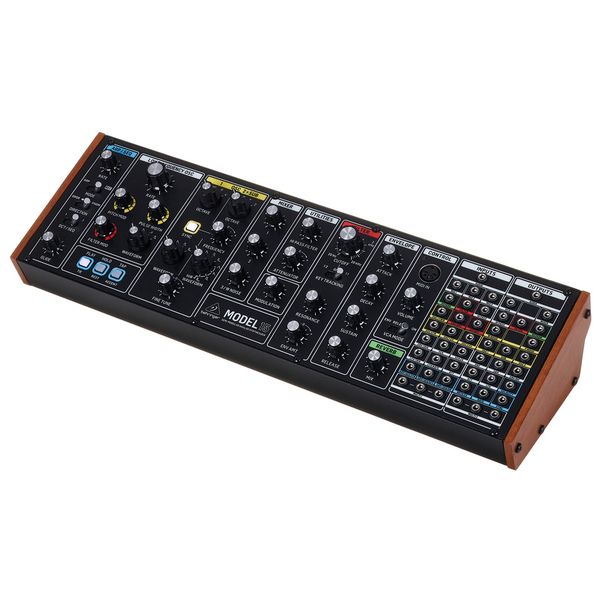
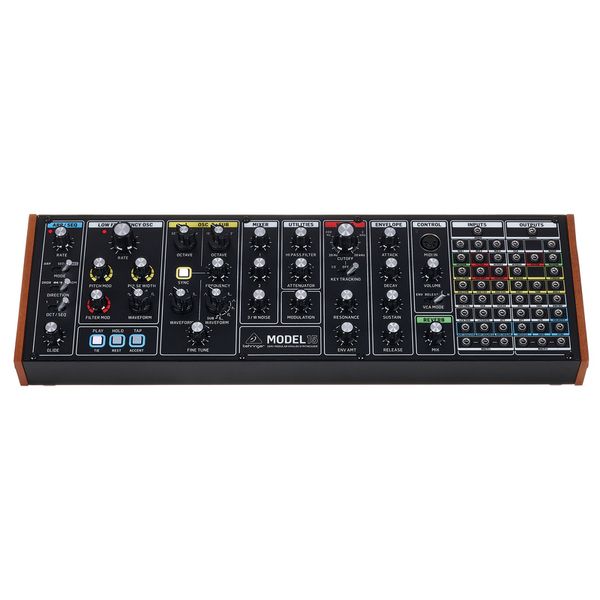
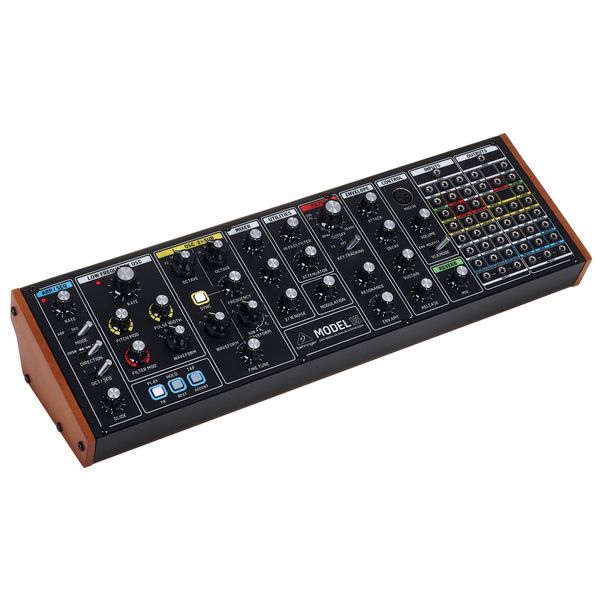
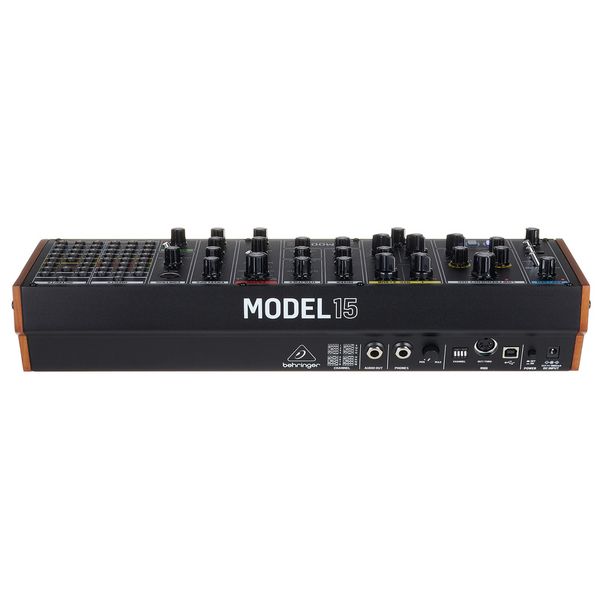
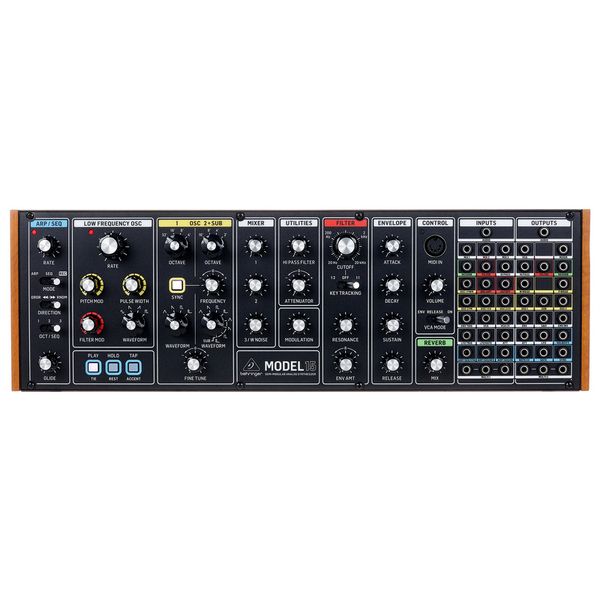
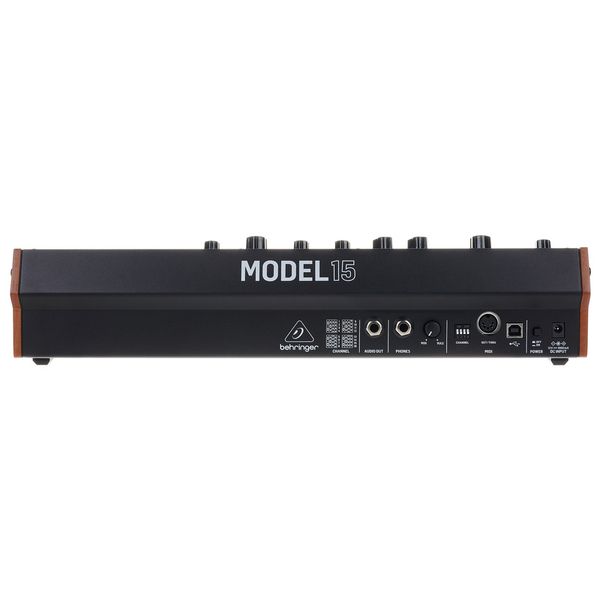
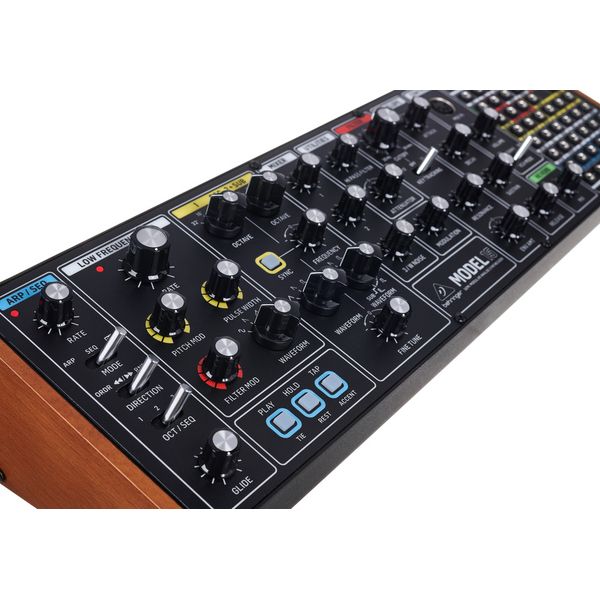
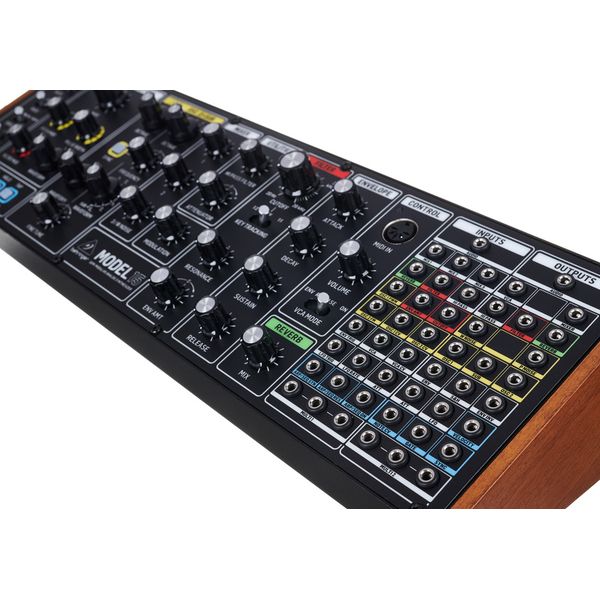
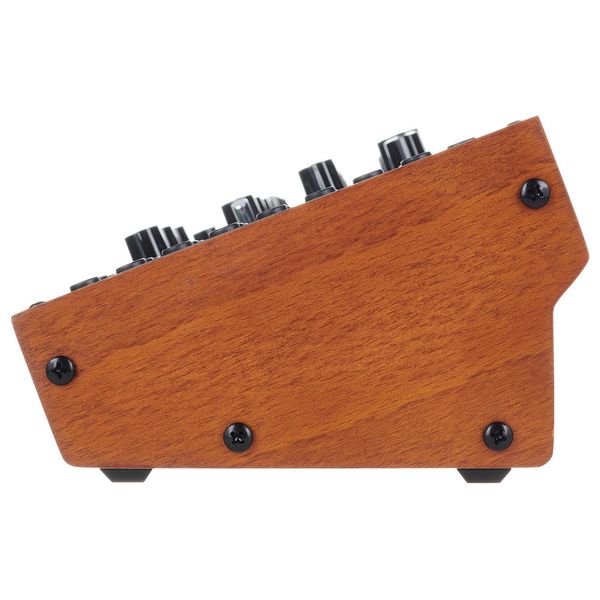
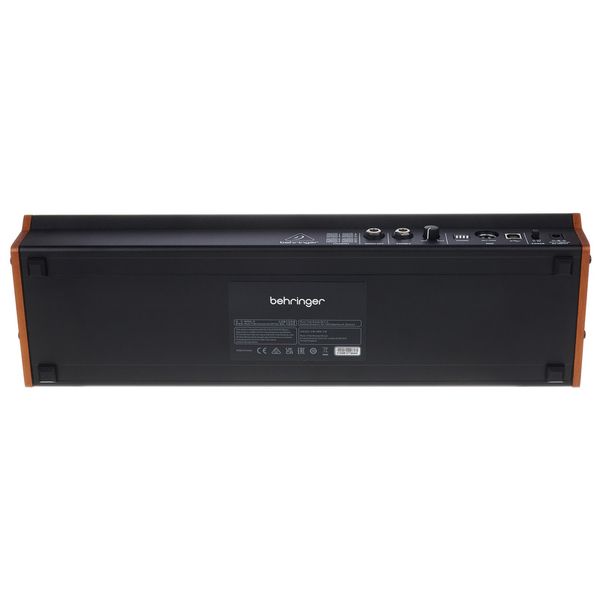
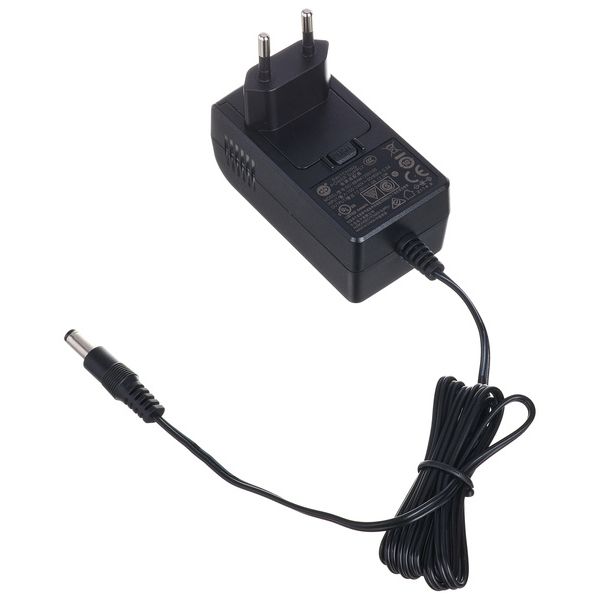
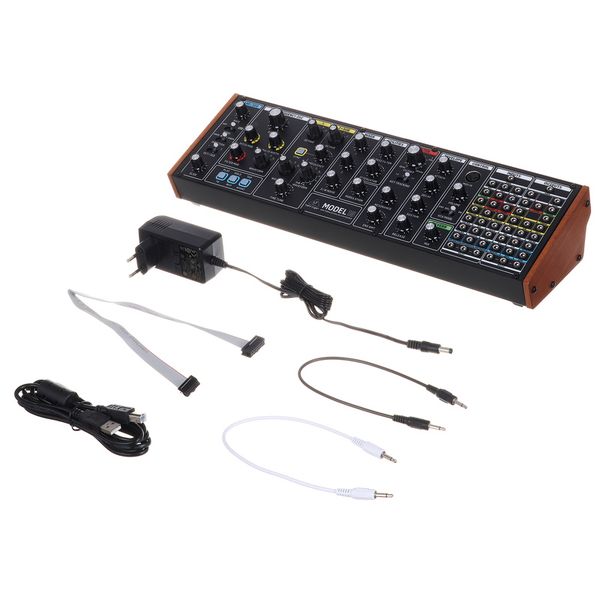













)
)
)
